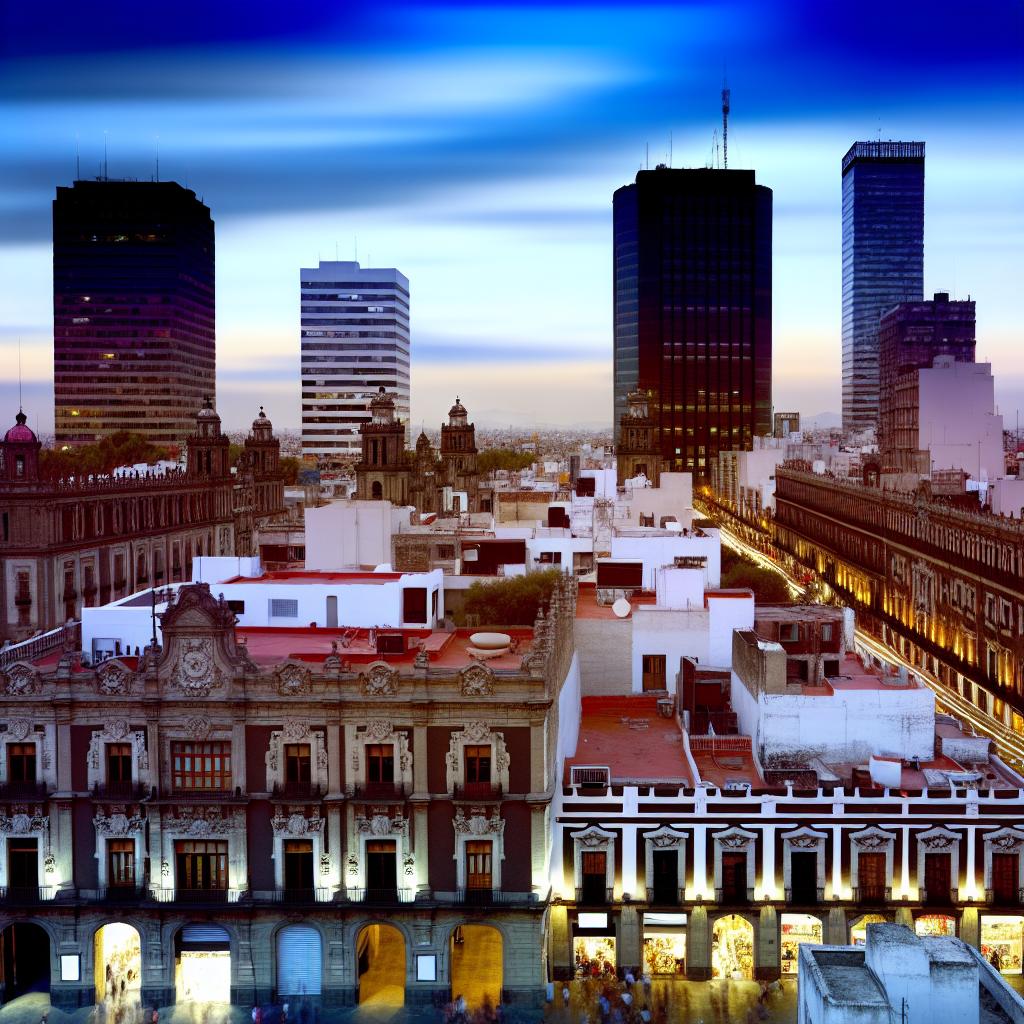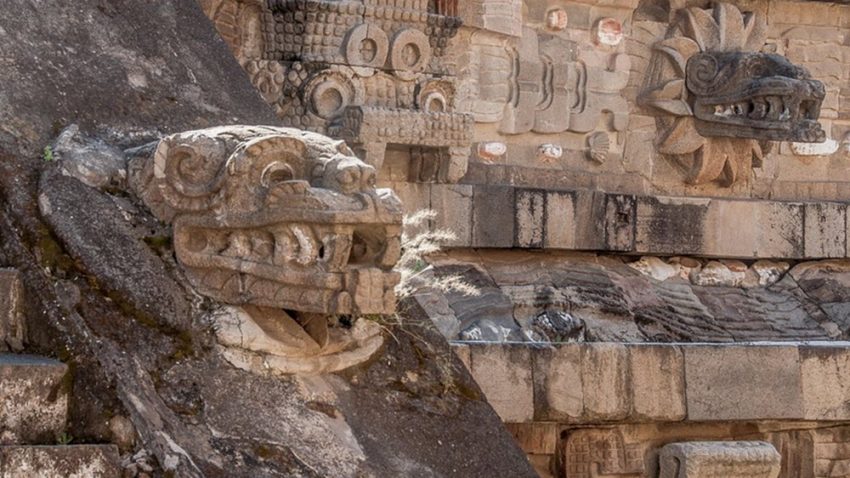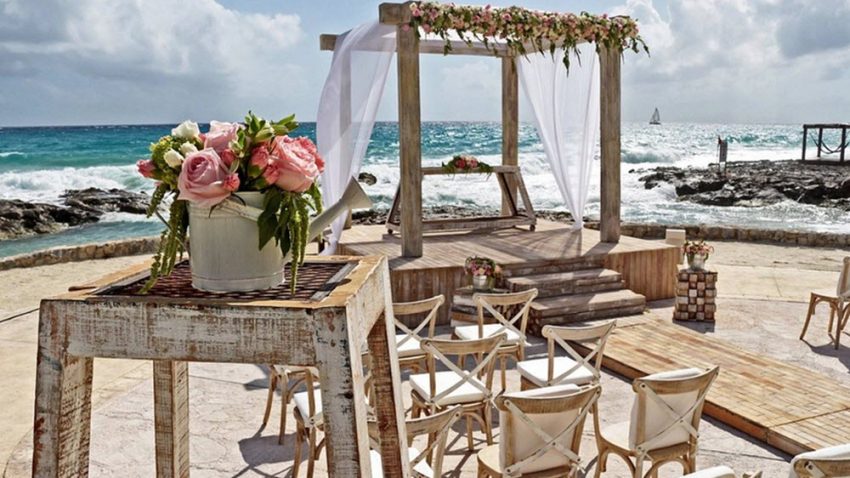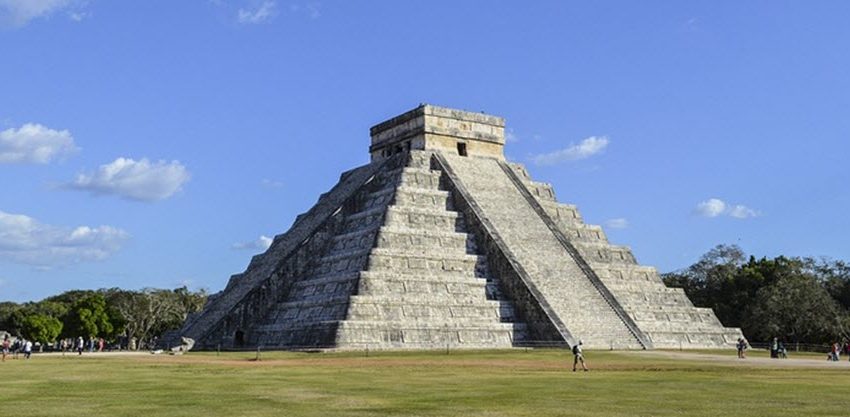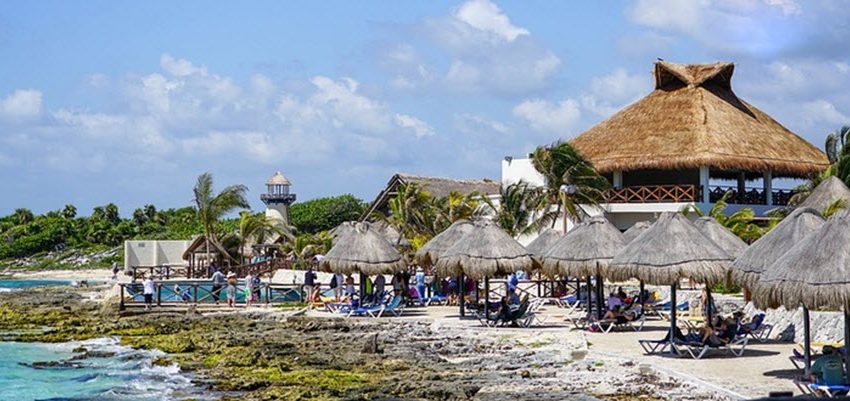Exploring Mexico City: A Fusion of Historical Richness and Modern Flair
Mexico City, officially known as Ciudad de México or CDMX, stands as the dynamic capital of Mexico. It offers an intriguing blend of historical and contemporary elements, making it a city rich in culture and diversity. As one of the world’s largest and most vibrant metropolises, Mexico City provides an experience that reflects a rich cultural tapestry, unmatched by many global urban centers.
Historical Significance and Architectural Heritage
The roots of Mexico City trace back hundreds of years, emerging from the historical legacy of the Aztec civilization. What is now Mexico City was once Tenochtitlán, the grand capital of the Aztec Empire. Today, visitors can explore this ancient past, albeit below the surface of the modern city. The Templo Mayor archaeological site stands as a focal point of deep historical interest, offering insights into pre-Hispanic life and culture through its well-preserved ruins and artifacts.
Just a short distance from Templo Mayor lies the majestic Metropolitan Cathedral. This awe-inspiring structure, which took over three centuries to construct starting in 1573, dominates the landscape. Its architecture is a testament to the city’s colonial past, harmoniously blending Gothic, Baroque, and Neoclassical influences, which are a feast for the eyes.
Another key landmark speaking to Mexico’s colonial history is the Palacio de Bellas Artes. This architectural marvel is not only significant for its grandiose design but also as a cultural hub, housing murals by some of Mexico’s most revered artists such as Diego Rivera and David Alfaro Siqueiros. The building stands as an emblem of the artistic and cultural vibrancy that defines Mexico City.
The Charm of Traditional Neighborhoods
The city’s neighborhoods, known locally as colonias, offer a unique mix of the old and new. Coyoacán is one such area, known for its quaint cobblestone streets and picturesque colonial architecture. This neighborhood invites visitors to experience its charm through a relaxed stroll, revealing historical buildings and serene plazas. Coyoacán is also the location of the Frida Kahlo Museum, housed in the artist’s former home, providing a deeper understanding of her life and influential works.
Another must-visit colonia is Polanco, famous for its upscale vibe, boutique stores, and fine dining establishments. While it exudes modernity, Polanco retains an air of elegance, with tree-lined streets and historic mansions that serve as a reminder of the area’s storied past. This juxtaposition of tradition and modernity is a testament to Mexico City’s ability to embrace the present while keeping its historical roots intact.
A Modern Metropolis
Today’s Mexico City stands as a testament to its status as a bustling economic hub, with a skyline dotted with modern skyscrapers. The Paseo de la Reforma is a major thoroughfare that cuts across the city, lined with contemporary buildings and significant landmarks. Walking along this avenue, one encounters the iconic Angel of Independence, a powerful symbol of Mexico’s liberation and an emblem of the nation’s pride and progress.
Cultural and Culinary Scene
Mexico City’s cultural landscape is as diverse as it is expansive. The city is renowned for its culinary diversity, offering something to satisfy every palate. From the bustling street food stalls that serve authentic Mexican dishes, such as tacos and quesadillas, to high-end restaurants that showcase innovative Mexican cuisine, culinary exploration in Mexico City is a journey in itself. Mercado de San Juan is a particularly popular destination, where visitors can explore a variety of local flavors and gourmet ingredients, reflecting the city’s rich gastronomic heritage.
The city’s cultural offerings extend beyond food, with a plethora of museums and galleries showcasing everything from historical to contemporary art. The Museo Nacional de Arte and the Museo Tamayo are just two of the many institutions that house extensive art collections, offering insights into both the country’s storied past and its vibrant present.
Efficient Urban Transport
Navigating a city as sprawling as Mexico City can be daunting, but the city’s public transport system is remarkably efficient and affordable. The Metro network, one of the largest in the world, covers a vast area, making it easy for residents and visitors to traverse the city. Additionally, the Metrobús system provides quick access to many key points of interest, complementing the extensive Metro network and reducing the city’s notorious traffic congestion.
Conclusion
Mexico City exemplifies a destination where the past intricately weaves into the present. Its historical sites, cultural diversity, and modern amenities make it an essential stop for travelers seeking a unique blend of history and modernity. From exploring ancient ruins that whisper tales of yesteryears to savoring local cuisine that showcases the country’s rich flavors, or attending contemporary art shows that push boundaries, this vibrant city has much to offer. Mexico City invites all who visit to experience its tapestry of tradition and innovation, a testament to a city that honors its past while embracing the future.


